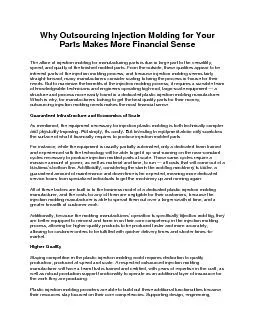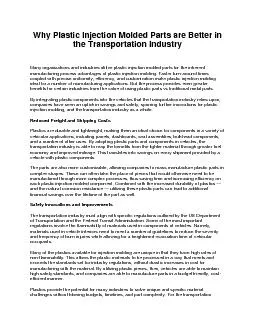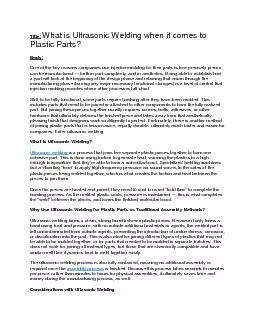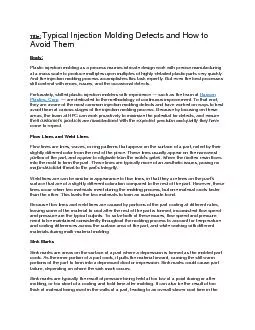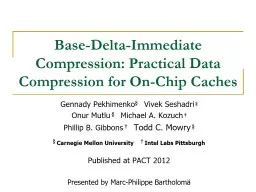PPT-COMPRESSION MOLDING (MATCHED-DIE MOLDING)
Author : tracy | Published Date : 2022-06-18
COMPRESSION MOLDING PROCESS materials fiberresin preweighed to a specific size charge placed in a closed mold and heat and pressure applied in a press RESINS AND
Presentation Embed Code
Download Presentation
Download Presentation The PPT/PDF document "COMPRESSION MOLDING (MATCHED-DIE MOLDIN..." is the property of its rightful owner. Permission is granted to download and print the materials on this website for personal, non-commercial use only, and to display it on your personal computer provided you do not modify the materials and that you retain all copyright notices contained in the materials. By downloading content from our website, you accept the terms of this agreement.
COMPRESSION MOLDING (MATCHED-DIE MOLDING): Transcript
Download Rules Of Document
"COMPRESSION MOLDING (MATCHED-DIE MOLDING)"The content belongs to its owner. You may download and print it for personal use, without modification, and keep all copyright notices. By downloading, you agree to these terms.
Related Documents

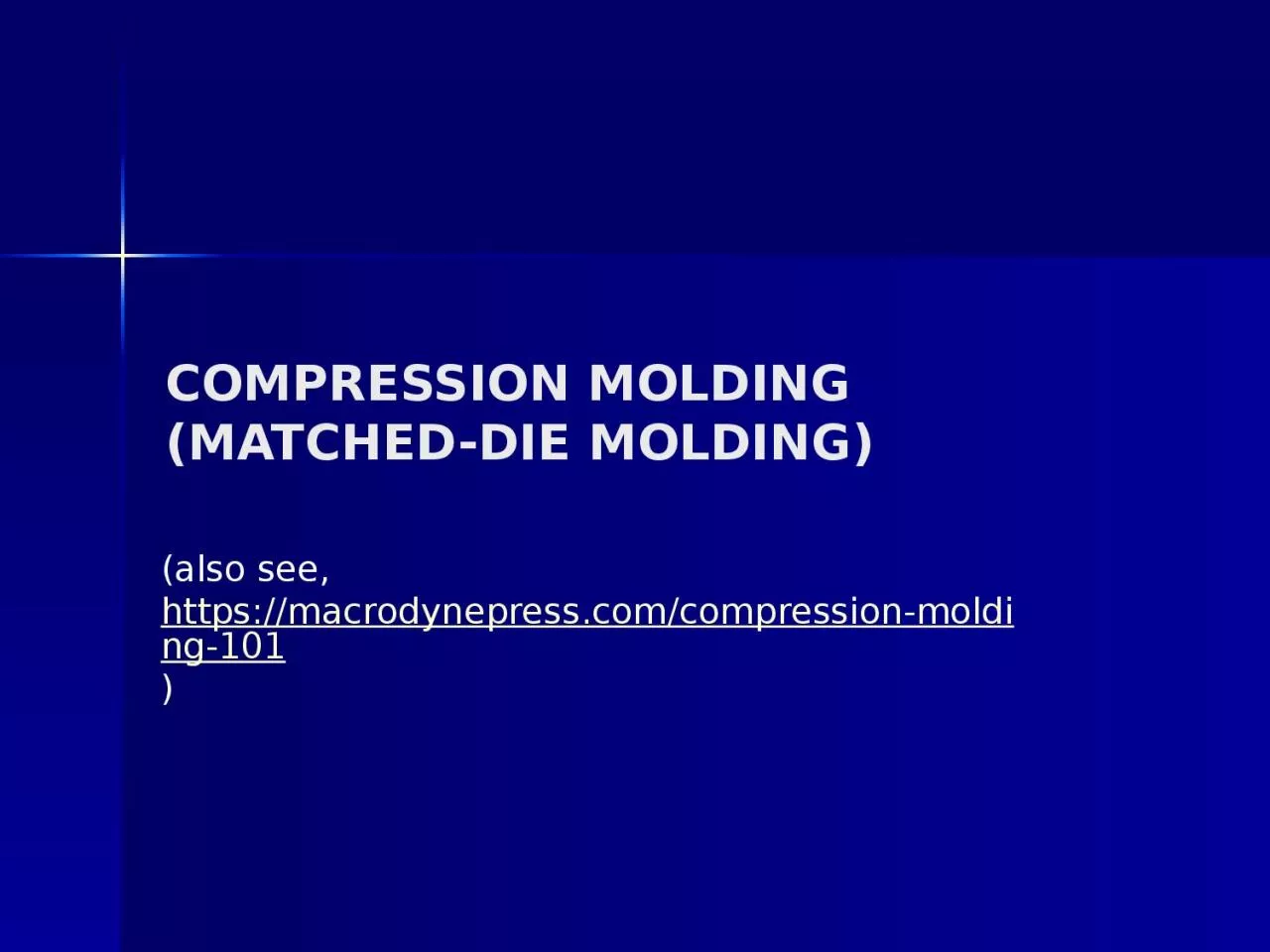
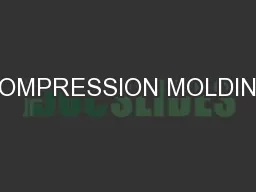
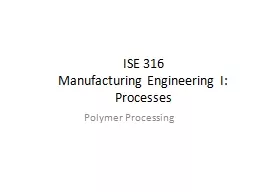

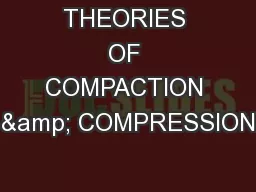


![“ Daarop lei [God] [Abraham] uit na buite met die woorde: ‘Kyk nou op na die hemel](https://thumbs.docslides.com/788189/daarop-lei-god-abraham-uit-na-buite-met-die-woorde-kyk-nou-op-na-die-hemel-en-tel-die-s.jpg)
